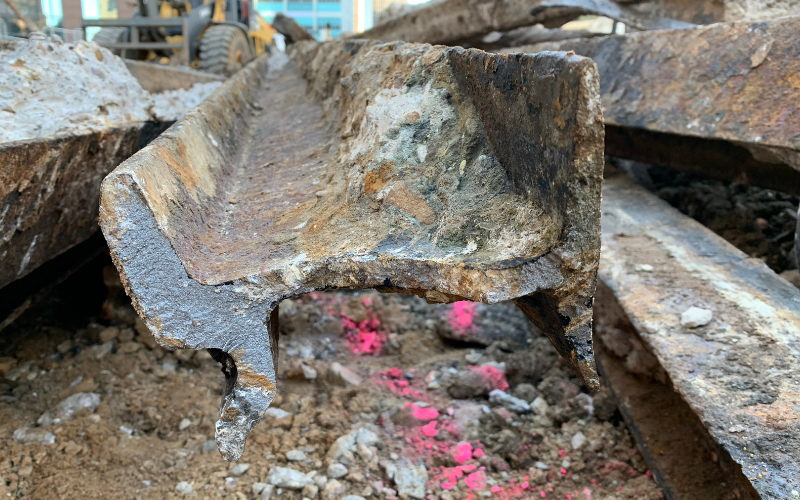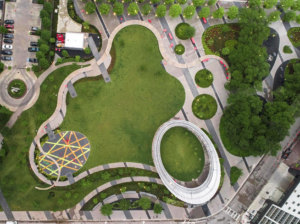The Dallas streetcar system we know today runs between Downtown and Oak Cliff, stretching almost 2.5 miles via the Houston Street Viaduct. Though the line will mark its fourth birthday this April, it’s actually preceded by a much older, richer history that dates all the way back to 1872. Learn how this century-old past brought us the modern streetcar we know today.
The Life and Death of the Dallas Streetcar
Dallas’ first streetcar system ran from 1872 to 1956 and saw many iterations, the earliest of which were mule-drawn cars. By 1886, the city’s streetcar system housed nine cars and 18 mules.
A year later, the mule-drawn system was replaced by a steam railway consisting of steam-powered wooden coaches that ran down Jefferson Boulevard, with canopy-covered stations located every two blocks. In 1889, Dallas upgraded to electric cars, introducing what was arguably the golden age of streetcars in the city. By 1910, over 20 lines traveled throughout Dallas, including neighborhoods like the Cedars, Uptown and East Dallas, in addition to the established Downtown and Oak Cliff routes. By 1936, Dallas was home to 300 streetcars total.
But the streetcar heyday wouldn’t last forever. Like other cities in the United States, Dallas was experiencing big changes, including a population that was moving from the city to the suburbs and embracing new busing systems and individual, car-based transportation. In 1954, Dallas City Council ordered the shutdown of all streetcars within two years, and lines officially ceased service in January 1956.
The Rebirth of the Dallas Streetcar
Though it seemed like the Dallas streetcar was dead and gone, the very forces that caused its extinction likely caused its return, as Dallas citizens were again on the move — this time, relocating from the suburbs back to the city’s center.
As Downtown Dallas and its surrounding areas increased in popularity, new public transportation was needed to keep up. In response, construction on the modern streetcar line began in May 2013 and opened to the public two years later. Though the line first ran from Union Station to Methodist Dallas Medical Center, the city added an extension to the busy Bishop Arts District in August 2016.
Today, the streetcar runs every 20 minutes, seven days a week, from 5:30 a.m. to midnight, and rides are free to the public, making it one of the most regular and accessible forms of public transportation in the city. The line is operated by Dallas Area Rapid Transit (DART) and riders can easily connect to the DART train lines via the stop at Union Station.
Though the modern-day version has replaced the old streetcar, remnants of its rich history live on. As construction began on Downtown Dallas’ Pacific Plaza in spring of last year, the demolition process revealed old streetcar rails. Due to the park’s prime location — the site is close to the DART trains and the M-Line trolley — public transit will be an important part of the park’s identity. Architectural design firm HKS even pays tribute to the Texas and Pacific Railway in their design of the Pacific Plaza pavilion.
Did you know the history behind the Dallas streetcar? Share your thoughts with us on Facebook, Instagram and Twitter.
Photo provided by The Beck Group.





